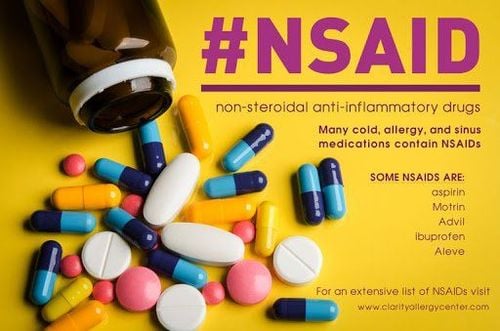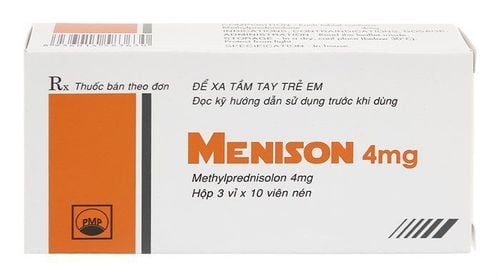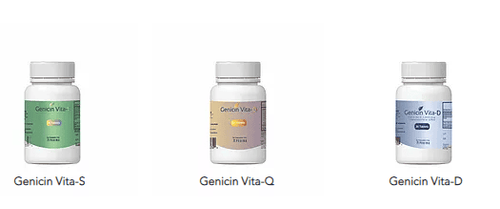This is an automatically translated article.
Artose drug belongs to the group of non-steroidal anti-inflammatory drugs (NSAIDs) with the main ingredient being celecoxib, which works to treat arthritis by blocking the enzyme that produces prostaglandins - an important chemical that causes arthritis leading to swelling, heat, redness, and pain. So what does Artose do?
1. What is Artose drug?
The main ingredient Artose is celecoxib is a non-steroidal anti-inflammatory drug used to treat arthritis. Celecoxib has the ability to block prostaglandin-producing enzymes, reducing prostaglandin levels, resulting in reduced inflammation and associated pain and swelling. However, celecoxib differs from other NSAIDs in that it rarely causes peptic ulcers (especially in short-term treatment) and does not interfere with blood clotting. Artose is usually prescribed in cases of osteoarthritis or rheumatoid arthritis in adults.Contraindications of Artose drug include:
Patients with hypersensitivity to celecoxib, sulfonamides or any component of the drug Progressive peptic ulcer disease or gastrointestinal bleeding Ischemic heart disease, disease Peripheral or cerebrovascular disease Patients with congestive heart failure NYHA II-IV Severe renal impairment (creatinine clearance < 30 ml/min) Severe hepatic impairment (plasma albumin less than 25 g/l or Child Pugh score > 10)
2. Dosage of Artose
Artose medicine is made in the form of oral capsules that are usually taken after meals. Depending on the treatment goal and the user, the dose of Artose will be different:
Rheumatoid arthritis 100-200 mg / time x 2 times / day Osteoarthritis: 200 mg / time / day or 100 mg / time x 2 times/day Mild-moderate hepatic impairment: need to reduce dose by half Attention: Patients should use the lowest effective dose
3. Artose drug side effects
In some patients when using Artose, side effects may occur such as:
Headache, dizziness Digestive disorders: enteritis, gastritis, constipation Allergic reactions Anemia Anemia Bronchitis Inflammation Hepatic, jaundice Rare: angioedema or anaphylaxis Celecoxib does not interfere with platelet function, thus does not reduce blood clotting leading to increased bleeding like other NSAIDs.
4. Be careful when using Artose
Some general notes when using Artose drug include:
Caution when using Artose in patients with hypertension, heart failure, asthma, dehydration or cardiovascular disease Carefully monitor for gastrointestinal side effects The chemistry of patients using Artose includes ulceration, bleeding, and perforation of the stomach. Artose should be used with caution in asthmatic patients, pregnant and lactating women, and patients under 18 years of age. Caution when combining Artose with ACE inhibitors, diuretics furosemide and thiazides, antifungal drugs fluconazole, anticoagulants warfarin,... to avoid possible drug interactions. Patients treated with lithium should be closely monitored when starting and stopping treatment with celecoxib. Artose drug belongs to the group of non-steroidal anti-inflammatory drugs (NSAIDs) with the main ingredient being celecoxib, which works to treat arthritis by blocking the enzyme that produces prostaglandins - an important chemical that causes arthritis leading to swelling, heat, redness, and pain.
To ensure effective treatment and avoid unwanted side effects, patients need to strictly follow the instructions of the doctor, professional pharmacist.
Follow Vinmec International General Hospital website to get more health, nutrition and beauty information to protect the health of yourself and your loved ones in your family.
Please dial HOTLINE for more information or register for an appointment HERE. Download MyVinmec app to make appointments faster and to manage your bookings easily.













